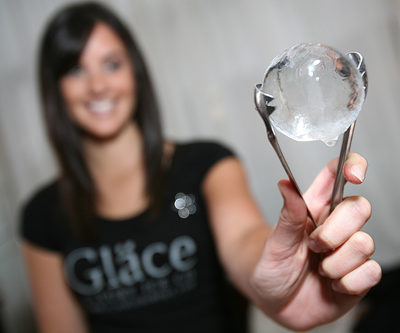Bowled over: the changing names of college bowl games
by Barry Silverstein
Another college football bowl game season comes to a close tonight. Each year, it seems, the controversy surrounding the BCS (Bowl Championship Series) heats up because of the selection process for the national championship.
But there’s another controversy that’s becoming equally heated: Is commercialism polluting college football?
Of this year’s 34 bowl games, only a handful did not carry the name of a commercial entity. The line up included:
- Advocare 100 Independence Bowl
- Brut Sun Bowl
- EagleBank Bowl
- GMAC Bowl
- Little Caesars Pizza Bowl
- Meineke Car Care Bowl
- Outback Bowl
- Papajohn’s.com Bowl
- San Diego County Credit Union Poinsettia Bowl (which gets our vote for the most ridiculous bowl name).
Even the biggest game was labeled the “Citi BCS National Championship.” We watched the major bowl games during “Capital One Bowl Week.”
Liz Clarke of the Washington Post wrote that the Knight Commission on Intercollegiate Athletics “found that in many respects, college bowl games are more commercialized than the NFL. In postseason football, as in NASCAR, virtually every square inch of available space is for sale.” The date of her article was December 31, 2004.
Rick Newman blogged about bowl game names for US News. On December 18, 2009, he wrote: “The marketing geniuses who ink these sponsorship deals mainly care about just one thing – getting the corporate name in front of the masses. If there’s a particular message or product they’re trying to sell, they cram that into the name too. And why worry if it sounds like self-parody? Football fans, they assume, are probably too thick to notice.”
It wasn’t always this way. The first bowl, The Rose Bowl, began in 1923. Twenty years later, six major bowls existed: The Rose Bowl, the Cotton Bowl Classic, the Hawaii Bowl, the Orange Bowl, the Sugar Bowl, and the Sun Bowl. Notice the conspicuous lack of commercial sponsorships.
But then television came along, and college football bowl games became big business. Soon a bowl game was viewed as a promotional vehicle for a company – a relatively easy way to get exposure to a mass audience for a product or service. Obviously, the people who run college football bowl games didn’t object; if they did, we wouldn’t be saddled with names like “the Chick-fil-A Bowl (formerly the Peach Bowl), which Rick Newman says “sounds like a family-style dish you might order at Olive Garden, not a sports contest.”
It might be wise for companies who pay large sums of money for bowl naming rights to reflect on the meaning of responsible sponsorship. Look at the difference between the Chick-fil-A Bowl and the Rose Bowl Game presented by Citi. At least the integrity of the Rose Bowl’s name is preserved. The sponsor is still prominent, but a commercial name hasn’t obscured the bowl’s long-standing name – one that is steeped in tradition.
What does the future hold for bowl game names? Now that the country is preoccupied with health care, will next season’s games bring us the Prilosec Bowl, the Viagra Bowl, or (heaven help us) the Preparation H Bowl?
I’m not lobbying for the restriction of a company’s ability to sponsor a college bowl game. The money they pay for the privilege ultimately helps support college sports programs. But if a company’s commercial interests are overshadowing the sport, schools and competition that make bowl games so great, some sponsorship rules might be worth looking into.

